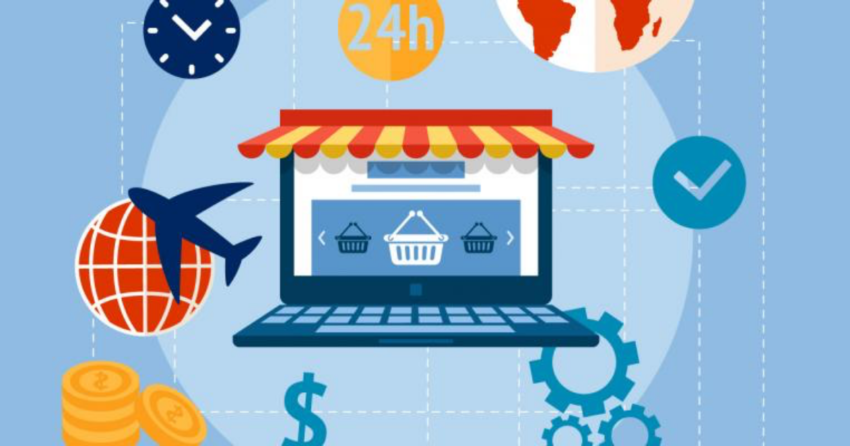The Best Tools for Starting and Growing an Online Store in 2025

Starting an online store in 2025 has never been more exciting—or more competitive. Whether you’re launching your first side hustle or scaling your e-commerce empire, the tools you choose can make or break your success. The right platforms can help you save time, increase sales, and keep your customers happy without burning out.
In this post, we’ll walk you through the top tools every online store owner needs in 2025—from website builders to SEO tools, payment processors, and more. Let’s dive in.
Essential Tools for Online Store Owners
1. Website Builders
Your website is the heart of your online store. Choose a platform that fits your tech comfort level and growth goals.
Shopify
If you’re looking for simplicity and speed, Shopify is your go-to. It’s beginner-friendly, secure, and packed with features designed specifically for e-commerce.
- Drag-and-drop interface
- 24/7 support
- Huge app ecosystem
- Mobile-friendly templates
Best for: Beginners, drop shippers, and solo store owners who want to launch fast.
WooCommerce
WooCommerce is a powerful WordPress plugin that gives you complete control over your store.
- Highly customizable
- Thousands of plugins and themes
- SEO-friendly
- No monthly fees (besides hosting)
Best for: Store owners already comfortable with WordPress or needing more flexibility.
2. Email Marketing Tools
Email marketing is one of the highest-ROI channels in e-commerce. These tools help you automate and personalize your communication.
Mailchimp
Perfect for beginners, Mailchimp offers:
- Easy-to-use email builder
- Basic automation workflows
- Built-in analytics
- Free plan for small lists
Klaviyo
For more advanced needs, Klaviyo is a powerhouse that integrates seamlessly with Shopify and WooCommerce.
- Advanced segmentation
- Powerful flows and automation
- Predictive analytics
- Dynamic product recommendations
3. SEO Tools
Search engine traffic is free, high-converting, and long-lasting—if you use the right SEO tools.
Ahrefs
A robust tool for everything SEO:
- Keyword research
- Competitor analysis
- Backlink tracking
- Content gap identification
Surfer SEO
If you’re focused on ranking your product pages and blog content, Surfer SEO is a game-changer.
- Real-time content score
- SERP analysis
- AI content editor
- Google Docs integration
4. Graphic Design Tools
Your visuals matter. Good design builds trust and encourages conversions.
Canva
Canva is the easiest way to create:
- Product mockups
- Instagram posts
- Email banners
- Promotional flyers
With ready-made templates and drag-and-drop editing, Canva is perfect even if you have zero design skills.
Adobe Photoshop
Need pro-level customization? Photoshop is the industry standard for:
- Retouching product photos
- Creating layered graphics
- Designing ads or packaging
5. Payment Processors
The easier it is for people to pay, the more likely they are to buy. These tools ensure seamless checkout experiences.
PayPal
- Trusted globally
- Easy setup
- Buyer protection for your customers
Stripe
- Modern, developer-friendly
- Supports subscriptions and international payments
- Beautifully designed checkout
6. Customer Service Tools
A great customer experience = more repeat buyers. Use tools that help you stay connected.
Tidio
Combines live chat, bots, and email all in one place.
- AI-powered chatbots
- Real-time visitor tracking
- Integrates with Shopify and WooCommerce
Zendesk
A full customer service suite for growing teams.
- Ticketing system
- Email, live chat, and phone support
- Knowledge base builder
How to Choose the Right Tools for Your Business
Here are a few questions to help guide your choices:
- Ease of Use: Can you and your team learn it quickly?
- Integration: Does it play well with your other tools?
- Cost: Is it affordable now—and scalable as you grow?
Whenever possible, test drive with free trials or free plans before committing.
There’s no shortage of tools out there, but not all of them are worth your time or money. Start simple—pick a few essentials that solve your most immediate problems. As your store grows, your toolkit will evolve too.
With the right tools in place, you can build smarter, sell faster, and scale with confidence in 2025 and beyond. 🚀



